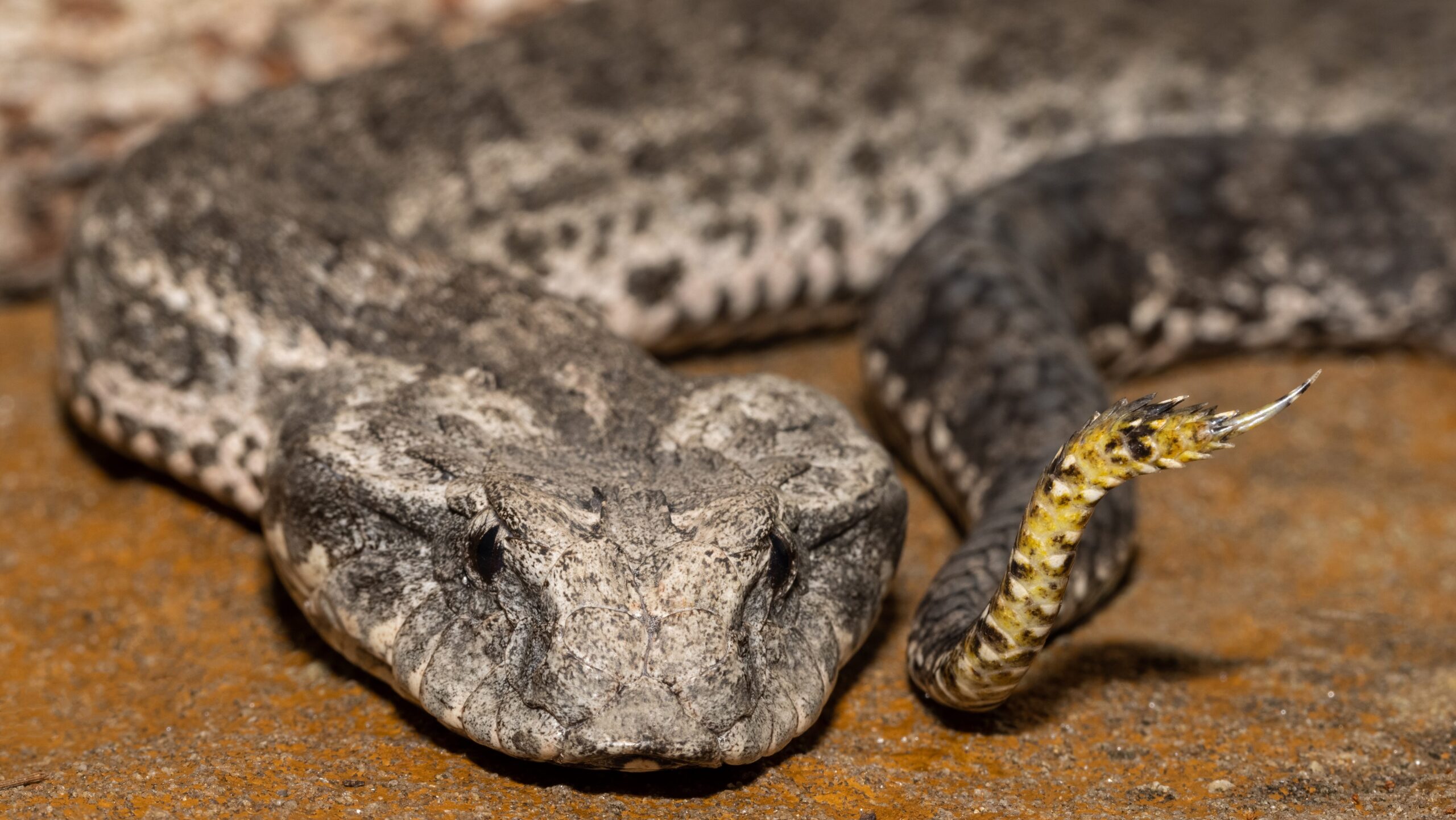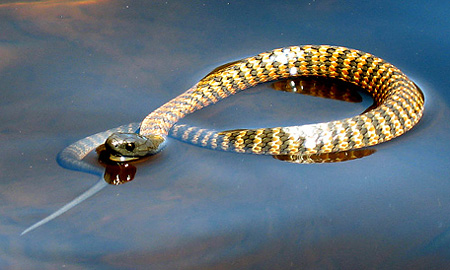Introduction
Australia is well known for its distinct wild animals, including a diverse selection of venomous serpents. These creatures, while usually feared, play critical roles in preserving ecological balance. Recognizing the preservation of Australia's poisonous serpents and the function that education and recognition play can considerably enhance our conjunction with these fascinating reptiles. This article checks out various facets of serpent preservation, the value of public education and learning, and useful first aid steps for snake bites.
Yellow faced whip snake bite treatmentConservation of Australia's Venomous Snakes: The Function of Education And Learning and Awareness
In Australia, serpents are an essential part of the environment, controlling parasite populaces and adding to biodiversity. Nevertheless, numerous species face risks as a result of environment loss, climate adjustment, and human task. The conservation efforts aimed at protecting these reptiles hinge dramatically on education and increasing recognition among the general public.
By notifying individuals about serpent behavior, their eco-friendly value, and risk-free practices for cohabiting with them, we can reduce fear-driven actions that bring about unnecessary killings or injuries. Educational initiatives help dispel myths bordering serpents-- such as the typical concern: are tiger snakes venomous?-- and motivate regard for their function in nature.
The Importance of Recognition Programs
Awareness programs are vital in transforming public assumptions about serpents. Lots of individuals see these reptiles as naturally unsafe without comprehending their environmental functions. Public outreach initiatives can consist of workshops, area events, college programs, and information campaigns designed Snakebite statistics Australia to inform individuals about:
- Identification of venomous species: Recognizing which serpents are dangerous helps individuals prevent encounters. Safe behaviors: Mentor individuals how to act around serpents can protect against bites. First aid knowledge: In situations where bites do take place, being educated regarding emergency treatment for snake bites can save lives.
By increasing awareness through structured education and learning initiatives, we can foster a society that respects wild animals and focuses on coexistence as opposed to fear.

Types of Venomous Snakes Established In Australia
Australia is home to several of the globe's most venomous snakes. Below's a quick introduction:
Tiger Serpent (Notechis scutatus)- Commonly discovered in coastal regions. Known for its potent neurotoxic venom. Frequently seen near water bodies.
- Highly aggressive with potent venom. Responsible for more snakebite fatalities than any various other species in Australia.
- Known for its ambush hunting style. Has swift striking rate with very neurotoxic venom.
- One of Australia's largest poisonous snakes. Its attack can supply large quantities of neurotoxin.
- Generally non-aggressive yet still possesses unsafe venom. Found primarily along the southwestern coast.
Understanding Their Habitats
Understanding tiger serpent habitat is essential for both preservation initiatives and public safety and security. Tiger snakes prosper in locations close to water resources such as swamps, lakes, and marshes yet they likewise live in coastal areas. Protecting these habitats is important for making certain the survival of not only tiger serpents but likewise other wild animals within these ecosystems.

Habitat Protection Initiatives
Various organizations function towards environment security via campaigns such as:
- Establishing protected areas Restoring broke down habitats Promoting sustainable land use practices
These measures not just profit tiger serpents but add to total biodiversity conservation.
The Duty of Research study in Conservation Efforts
Research plays a pivotal role in understanding snake populaces and their health and wellness condition. Continuous researches into the ecology and actions of Australian serpents notify preservation approaches by giving information on populace numbers, reproducing patterns, and dangers faced by various species.
Key Research study Areas Include:
- Venom analysis Population dynamics Habitat preferences
This research can direct reliable management plans to safeguard vulnerable types while helping with coexistence with humans.
First Help for Serpent Bites: Vital Knowledge
One critical facet that intertwines with education and learning is understanding what to do in situation one deals with a snake attack-- a scenario that requires prompt reaction skills.
What Every First Aid Set Should Contain
An appropriate snake bite first aid kit should include:

- Compression bandages Sterile gauze pads Antiseptic wipes A splint or immobilization device Emergency call numbers
Step-by-Step Emergency treatment Treatment for Serpent Bite
Remain calmness; try to limit movement as it might spread out poison quickly. first aid for snake bite with pictures Apply a compression bandage above the bite site without cutting off circulation. Keep the bitten arm or leg incapacitated at or below heart level. Seek emergency situation clinical help immediately.Why Education on Emergency treatment Is Crucial
Educating neighborhoods concerning first aid actions ensures timely actions during emergency situations which can significantly reduce morbidity associated with snake attacks throughout Australia.
Frequently Asked Concerns (Frequently asked questions)
1. Are tiger snakes venomous?
Yes! Tiger serpents are very venomous with neurotoxic impacts which make prompt medical treatment important after a bite.
2. What should I do if bitten by a baby tiger snake?
Follow criterion first aid treatments right away-- keep calm, debilitate the arm or leg, apply pressure over the bite website utilizing a plaster or cloth without limiting blood circulation-- and seek medical help without delay.
3. Exactly how usual are snake bites in Australia?
While data vary year-to-year because of elements like weather conditions affecting serpent activities; typical reports suggest around 300 cases yearly with casualties being reasonably rare due to enhanced medical responses.
4. Can I deal with a serpent bite at home?
No! Home therapies such as applying ice or drawing out venom are inefficient; specialist clinical attention is necessary after any type of believed bite incident.
5. What's unique concerning eastern brownish snakes?
They're recognized for their hostile nature integrated with powerful poison; they make up many fatal bites in Australia due mostly to their distance to booming areas!
6. What are some common indicators adhering to a snake bite?
Symptoms might consist of swelling around the bite location, discomfort at or near the website; systemic symptoms can entail nausea or problem taking a breath depending upon toxic substance kind soaked up into bloodstream!
Conclusion
Conservation efforts bordering Australian venemous snakes hinge on reliable instructional methods that equip areas while fostering regard towards these often-misunderstood animals! By enhancing awareness regarding their ecological importance together with correct safety and security methods-- consisting of first aid expertise-- we pave roadways toward sustainable coexistence profiting both human beings & & wildlife alike!
In significance-- the conversation bordering conservation needs to continue growing via aggressive engagement weding scientific research alongside community participation ensuring significant effect today & & tomorrow!